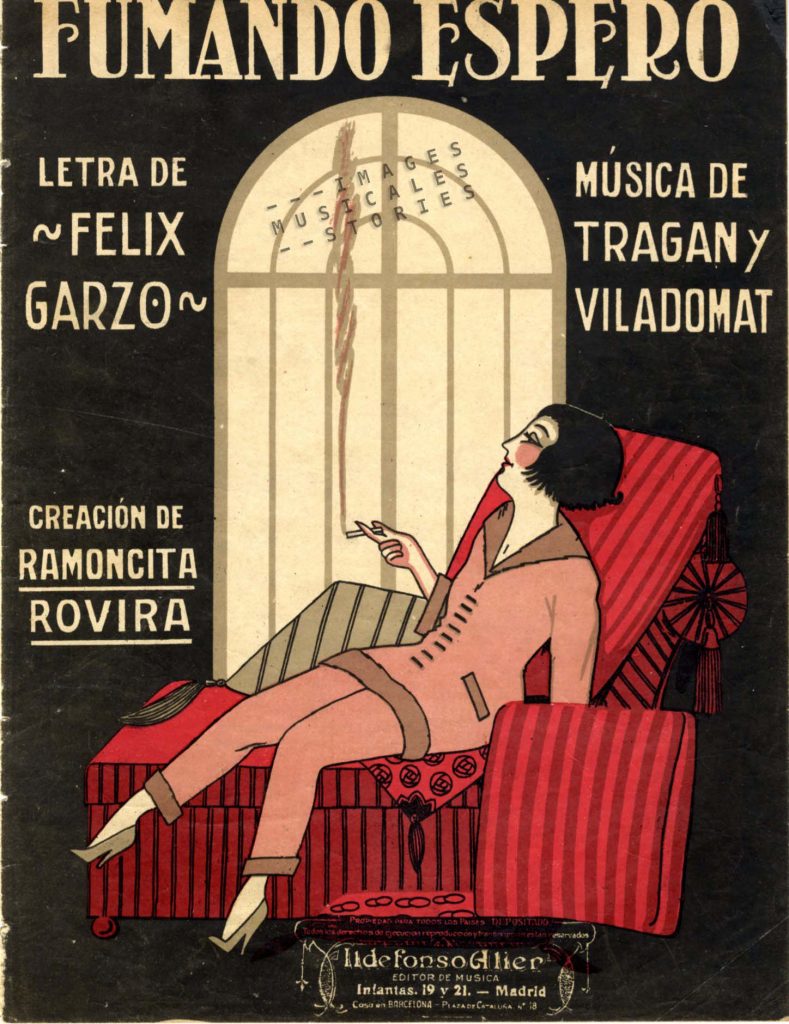
At the beginning of the 20th century a lot of popular music genres were created, all over the world. Spain saw the birth of a characteristic genre, influenced by French cabaret songs: the cuplé, coming from the French word couplet.

Augusta Berges is said to have started this genre: with La Pulga (The Flea), in 1893 in Madrid. While singing, Augusta was looking for fleas in her clothes as an excuse for a bit of demure stripping. It was a huge success. Other singers followed suit with their own versions, frantically searching a flea, an ant or a spider under their frock, to the lascivious excitement of the whole male audience. Sara Montiel, a Spanish actress who achieved Hollywood-stardom, re-enacts such a Pulga song in the sixties film ‘La reina del Chantecler’. Chantecler being a Madrilenean theatre before the first World War.
La Pulga was the starting point for a profusion of more or less erotically explicit songs with simple, short and repetitive lyrics. But always with a lot of gesture. The performers, almost exclusively women and transvestites, told a story in three or four minutes with a large dose of theatricality and a load of double entendre and erotic allusions. An ample and voluptuous body was sometimes a better key to success than a good singing voice. Showing their ankles and clad in tulles that left little to the imagination, the cupletistas became sexual objects in seedy variety theatres.
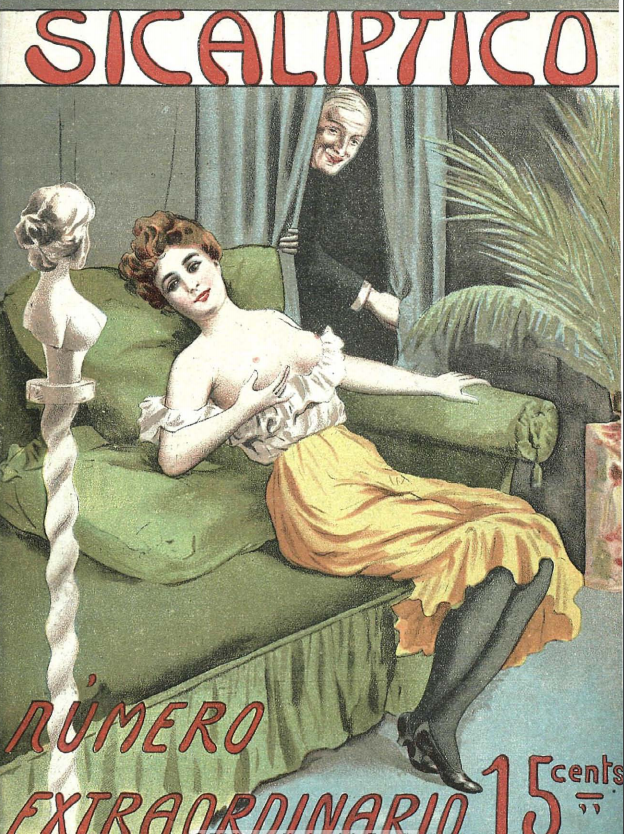
The cuplé was part of the sicalipsis, a Spanish neologism of unclear origin to designate the trend of erotic manifestations in literature and the press, as well as in the visual arts, and in variety shows. Being part of this sicalipsis certainly added to the popularity of the cuplé, at least in its beginning.
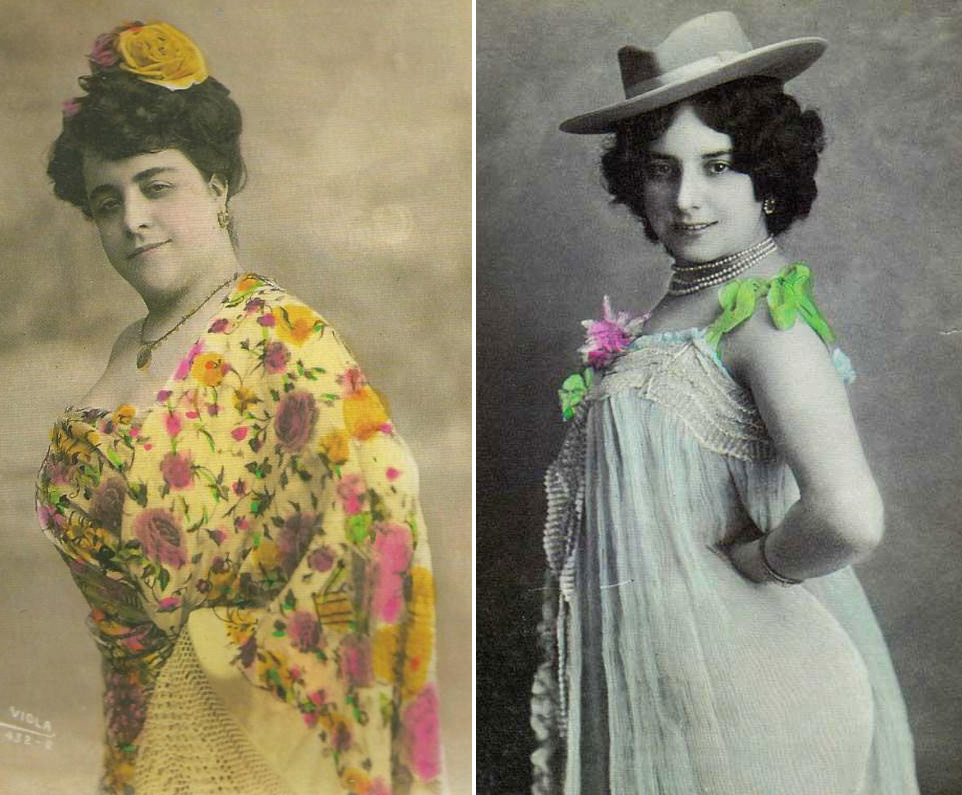
The profession of cupletista was popular among women, many of them illiterate, trying to escape poverty. It was also frequently a stepping stone to the world of prostitution. A trigger to that was that the cupletista had to perform in ever smaller and cheaper salones, bringing the woman teasingly close to the male public.
While at first the cuplé was a frivolous, provocative and even erotic song with a lot of humour and spice, from 1910 on it became more ‘decent’ and sentimental. It became even considered as a higher quality art form. The cuplé reached a larger middle class public with an increasingly female audience. It became more of a sentimental love song. The singers abandoned their playful outfits and tended to dress in black and to wear a Mantilla.
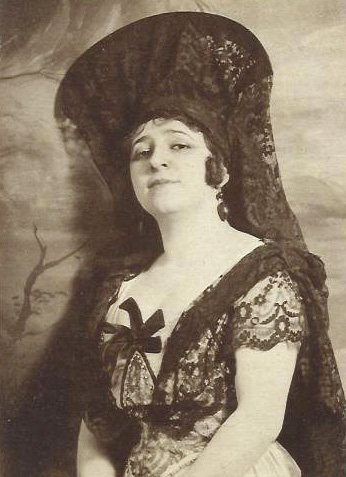
The first one to bring this new kind of cuplé was La Goya (Aurora Jauffret, 1891-1950). She performed in well reputed theatres and changed her dress with each song to match the lyrics, taking care of the theatrical part of her performance.
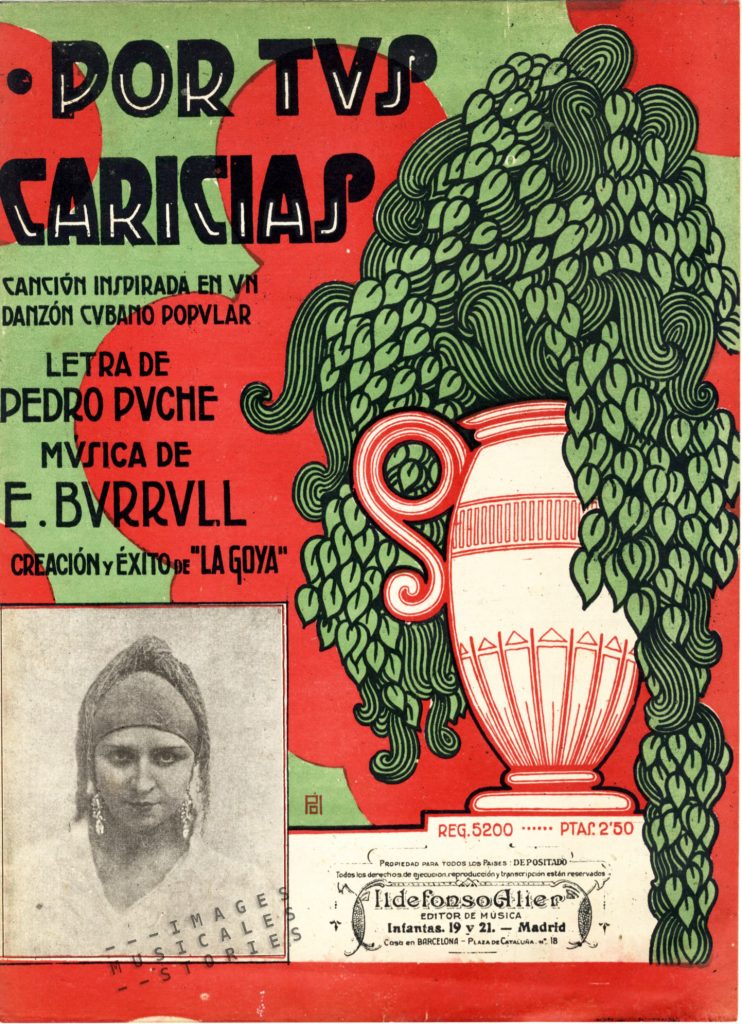
In the Twenties, the cuplé had become a sentimental song mentioning contemporary social, cultural or political issues. Gone was the flea and the spider, no more bawdy undertones. The most famous cupletista was Raquel Meller, an international star who launched world hits like La Violetera and El relicario, both written by José Padilla Sánchez.
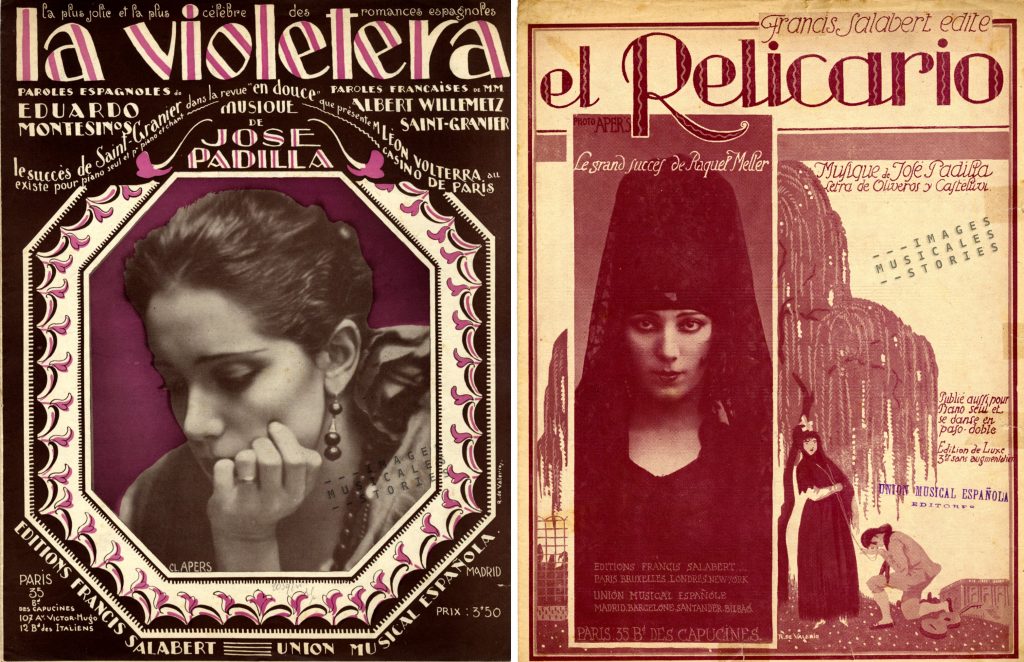
The cuplé was forbidden during Franco’s reign until it resurged in a nostalgic way, with the boom of Sara Montiel in the cinema. In the film El ultimo cuple, she plays the role of a cupletista struggling with her rise to fame and her subsequent downfall. Let’s listen to Sara Montiel —in real life a passionate cigar smoker— singing Fumando espero. This tantalizing cuplé by Joan Viladomat is the song we started with.
Now, enjoy Montiel reclining on her chaise longue, just like the lady on the sheet music cover.
Fumar es un placer
genial, sensual.
Fumando espero
al hombre a quien yo quiero
